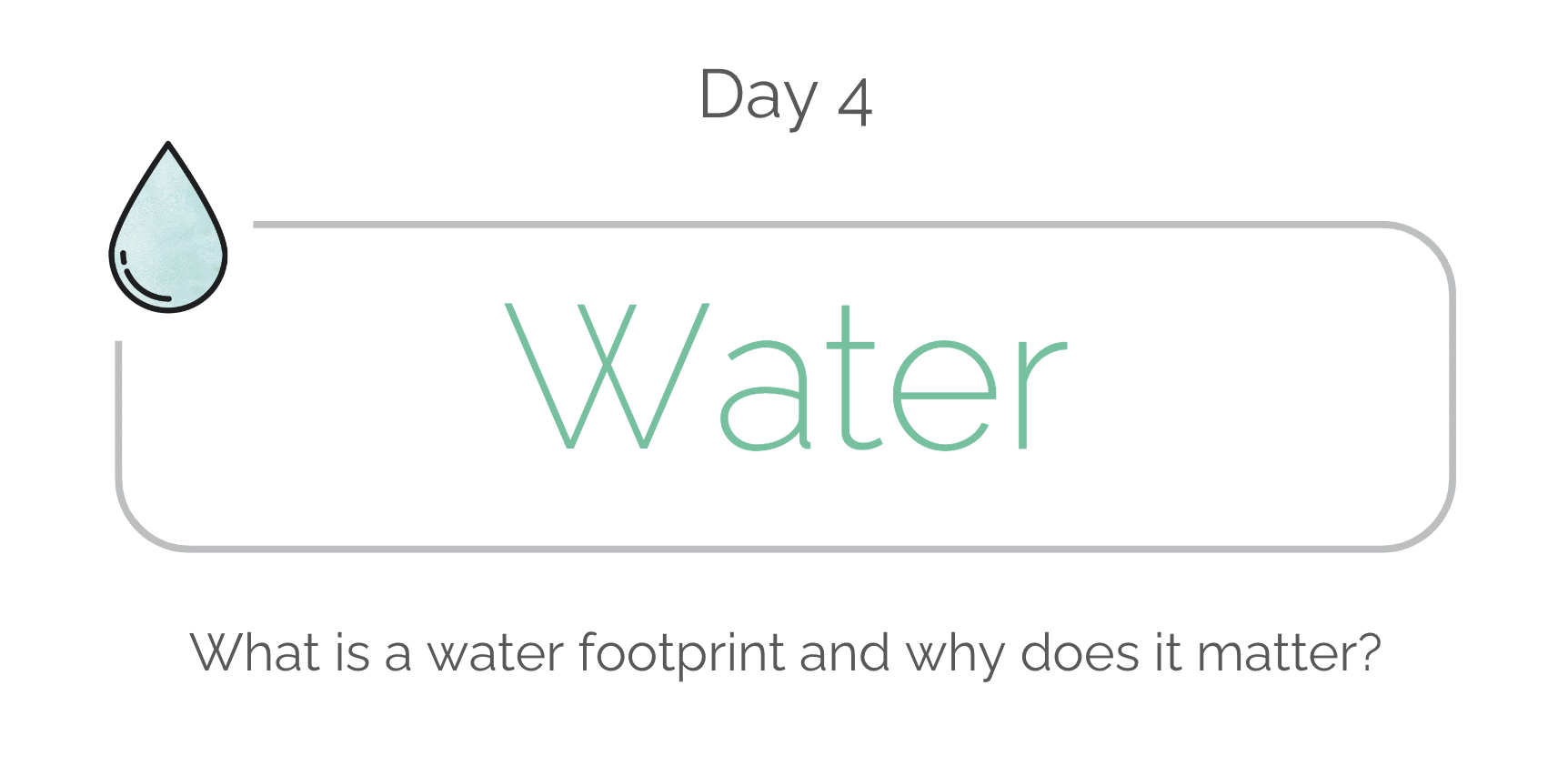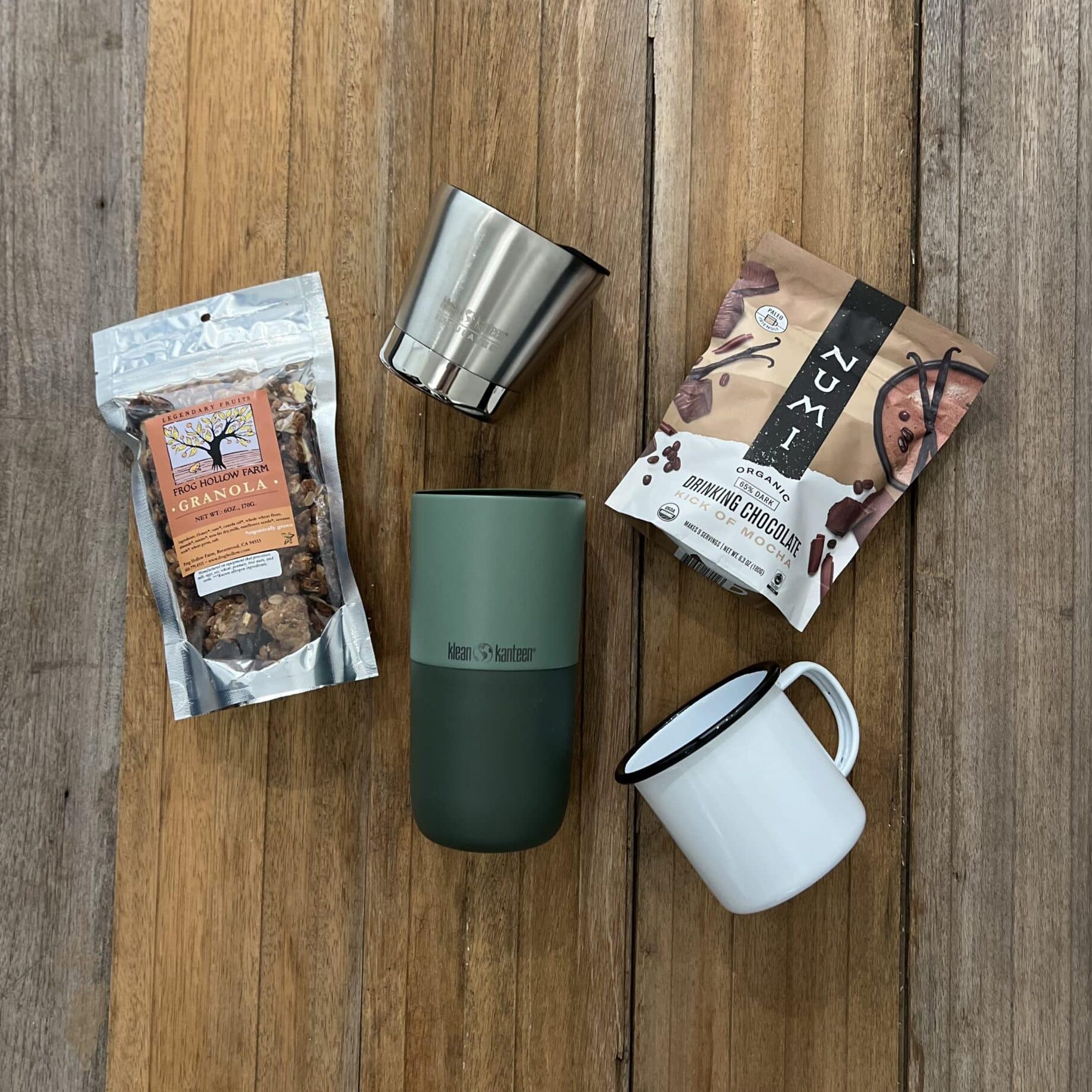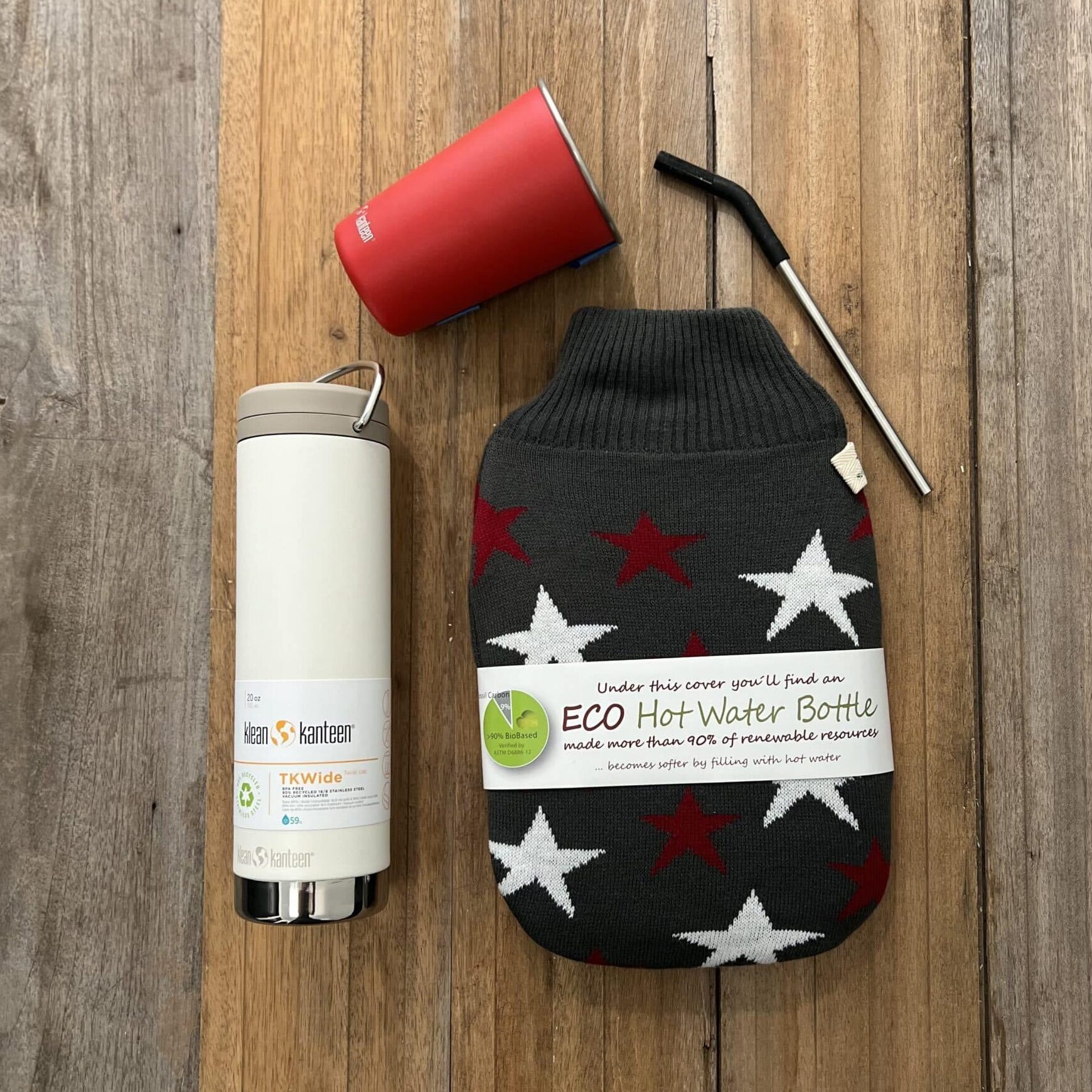
Introduction
Water is the foundation of life, yet it is often taken for granted. Despite our universal need for clean, safe drinking water, many go without.
Climate change is exacerbating this crisis. Rising temperatures, frequent droughts, and increased flooding are making clean water scarcer and more polluted. Harmful chemicals from agriculture, industry, and everyday products are seeping into our waterways and contaminating our groundwater. For example, a recent article by Water Canada highlighted that PFAS—man-made chemicals found in non-stick cookware and stain-rsistant materials—are increasingly being detected in groundwater, posing a serious threat to water safety and public health.
Our partner Klean Kanteen is producing stainless steel water bottles and food storage containers made with materials that have gone through a rigorous qualification process with the goal of protecting human and environmental health and avoiding chemicals of high concern. This process involves review against the strictest, applicable regulatory standards, as well as Klean’s own restricted substances list.

Climate Change and the Global Water Crisis
As the global supply of clean water diminishes, entire nations are facing the growing threat of climate change—a burden that disproportionately impacts developing countries, exacerbating environmental inequality in access to water resources.
In Bangladesh, the water crisis is severely compromising the safety and well-being of its people. Climate change has disrupted the country’s weather patterns, leading to unpredictable rainfall, frequent floods, and prolonged droughts. The water that is available is often contaminated or excessively salty due to rising sea levels. This increase in salinity has devastated vital crops and ecosystems, transforming the landscape. In response, residents are innovating by capturing rainwater, creating floating gardens, and adjusting their harvest seasons. However, further destruction is inevitable unless global efforts are made to reduce emissions and protect vulnerable, low-lying countries like Bangladesh.
Despite water covering over 70% of our planet, more than 99% of it is undrinkable. Climate change and pollution are straining the world’s limited freshwater supply. Extreme weather events, such as droughts and floods, are pushing billions of people toward water insecurity, threatening their access to clean water for drinking, agriculture, and sanitation. According to the United Nations, over 2.2 billion people lack access to adequate water and sanitation systems. Our remarkable partner, Water is Life, is helping to combat this crisis by providing millions of people with access to clean water through innovative filtration technologies that purify contaminated water.
Impact of Water Choices
Human activities, not extreme weather, are the driving force behind water pollution. About 80% of marine pollution comes from land-based origins—principally agriculture, industry, and oil production. Runoff from these activities carries harmful chemicals into our waterways, contaminating water sources. Microplastics also contribute to this problem, breaking down into tiny particles that infiltrate ecosystems.
Since 1986, the United States has experienced over 8,000 oil spills, disproportionately affecting communities of color, particularly Indigenous populations. These spills often contaminate vital water sources. For instance, the Enbridge Line 3 pipeline, completed in September 2021, carries tar sands crude oil—a highly polluting substance—through tribal lands, threatening the water sources crucial to the Anishinaabe people.
Indigenous groups, along with environmental allies, have actively opposed such projects. A significant victory occurred in 2020 when the Sioux tribe secured a federal judge’s order for an extensive environmental review of the Dakota Access Pipeline. A review from the U.S. Army Corps of Engineers is expected in 2025.
Water inequality is a pressing issue, particularly for marginalized communities. More than three-quarters of federal water violations affect water systems serving these communities. In Mexico City, millions struggle with water access due to an outdated water grid that loses over 40% of its supply to leaks. Water is also being weaponized in conflicts. For example, in Somalia, terror groups control water sources to exert power.
Our daily choices directly impact these water issues. It’s essential to consider how we use and conserve water—recognizing our connection to this vital resource and the broader implications of our actions.
Your Role in Protecting Water
The actions you take have a significant impact on preserving our planet’s precious resource: water. Whether it’s making sustainable choices, supporting clean water initiatives, or raising awareness, your efforts matter. As you explore the complexities of the global water crisis, these resources will help you stay informed and motivated:
EXPAND YOUR KNOWLEDGE
CHALLENGES
With water demand rising and supply dwindling, everyone shares the responsibility for sustainable water management. The Water Footprint Calculator helps you uncover your true water usage and offers practical tips for reducing it. This includes understanding and managing your hidden “indirect” or “virtual” water footprint, which accounts for 96% of total water use. The indirect water footprint represents the water used in producing the goods and services you consume daily, such as food, clothing, and electronics.
For each category, write down your best estimate of how much water you use
How often do you think about the water you use every day? Do you appreciate its value? Pause and look around—where do you see water in your environment? Reflect on how water contributes to everything around you.
Access to clean water is a fundamental human right under international law, yet many people still lack this essential resource. Water pollution disproportionately impacts low-income communities, Black, Indigenous, and People of Color, as well as those in rural areas. These disparities in water access and safety underscore ongoing environmental and climate injustices.
Read & Explore
Bonus Points:
Take these steps to drive meaningful change and advocate for clean water in your community!
PRIZES
Up to 10 Greener and 10 Greenest outstanding submissions will be selected as winners.

Each Greener Winner will receive:

Each Greenest Winner will receive: